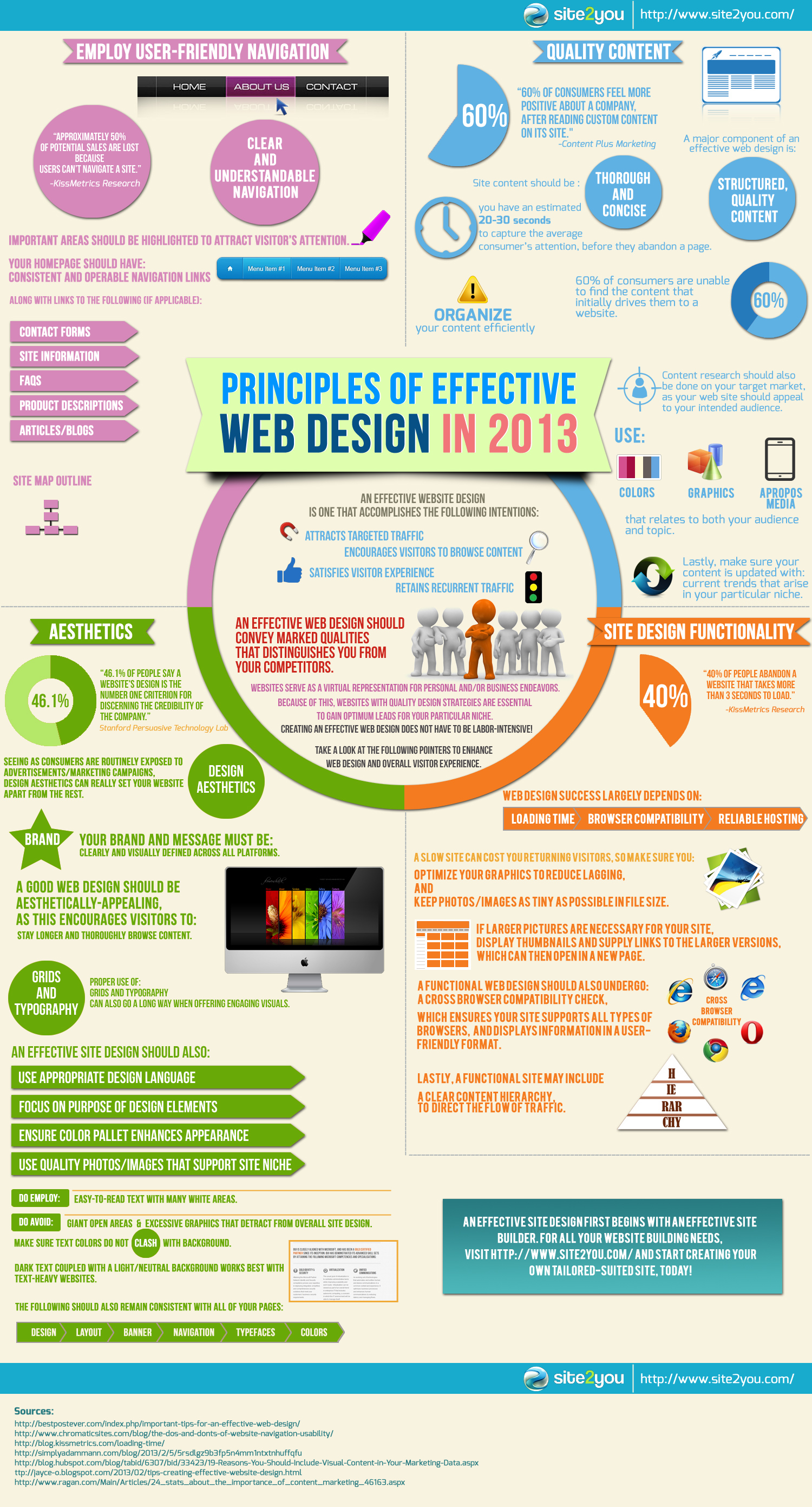Site Layout Basics: Tips For Structure A User-Friendly Website
Site Layout Basics: Tips For Structure A User-Friendly Website
Blog Article
Material By-Aguirre Devine
When it pertains to website design, making sure user-friendliness is key. From receptive layout to structured navigating, every aspect plays an important role in creating a website that satisfies your target market's needs. Yet what about the finer details that can make or break a customer's browsing experience? Remain tuned as we uncover some often-overlooked pointers that can raise your website's use to the following degree, making it absolutely stand out in the digital landscape.
Value of Responsive Style
Responsive style is an important facet of modern-day site advancement. Ensuring seo consultant rates is responsive means that it can adapt to various screen sizes and devices, giving a seamless experience for individuals.
With the increasing use of mobile phones and tablet computers to access the internet, having a responsive style is vital for getting to a larger audience. It aids in enhancing user experience by making your website easy to browse and keep reading any tool.
Additionally, responsive design can favorably affect your internet search engine positions, as search engines like Google focus on mobile-friendly web sites. By having a responsive design, you're additionally future-proofing your site, as brand-new devices with varying display dimensions remain to emerge.
Simplify Navigation Structure
To boost customer experience and assist in easy accessibility to details on your website, simplifying the navigating framework is paramount. When developing your site, focus on developing a clear and intuitive navigation food selection that helps site visitors discover what they're trying to find promptly.
Limitation the number of menu products to the essentials, grouping relevant pages together to stay clear of frustrating customers. Usage descriptive labels that clearly indicate the material of each page, making it less complicated for customers to recognize where each link will take them.
Take into consideration implementing dropdown food selections for subcategories to avoid jumbling the main navigating bar. In addition, consist of a search bar plainly on the page for individuals that prefer looking for specific information.
hop over to this site on mobile responsiveness in your navigating design to make certain very easy gain access to on all gadgets.
Enhance Page Lots Speed
Improving web page tons speed is critical for retaining site visitors on your site. Slow-loading web pages annoy individuals and can lead to high bounce prices. To enhance page load speed, begin by optimizing photos. Press images without endangering top quality to reduce their file sizes.
Additionally, enable browser caching to store often accessed sources locally, speeding up load times for returning visitors. Minify CSS, JavaScript, and HTML documents by eliminating unneeded personalities, comments, and formatting, boosting lots speed.
Think about using https://spencerfwnfw.kylieblog.com/31651155/increase-your-brand-name-s-growth-with-progressive-web-site-design-methods-that-will-dramatically-improve-your-online-presence (CDN) to distribute your internet site's content across multiple web servers worldwide, minimizing latency for individuals accessing your website from different places. Finally, restrict making use of third-party manuscripts and plugins, as they can substantially affect lots times.
search engine optimization for my website , by integrating responsive style, simplifying navigating, and maximizing page lots speed, you can develop an easy to use web site that attract a bigger audience and improves user experience. These essential elements ensure that site visitors can quickly access and navigate your site throughout various devices, leading to raised interaction and contentment. By concentrating on these essential elements, you can build an effective website that keeps individuals coming back for even more.
